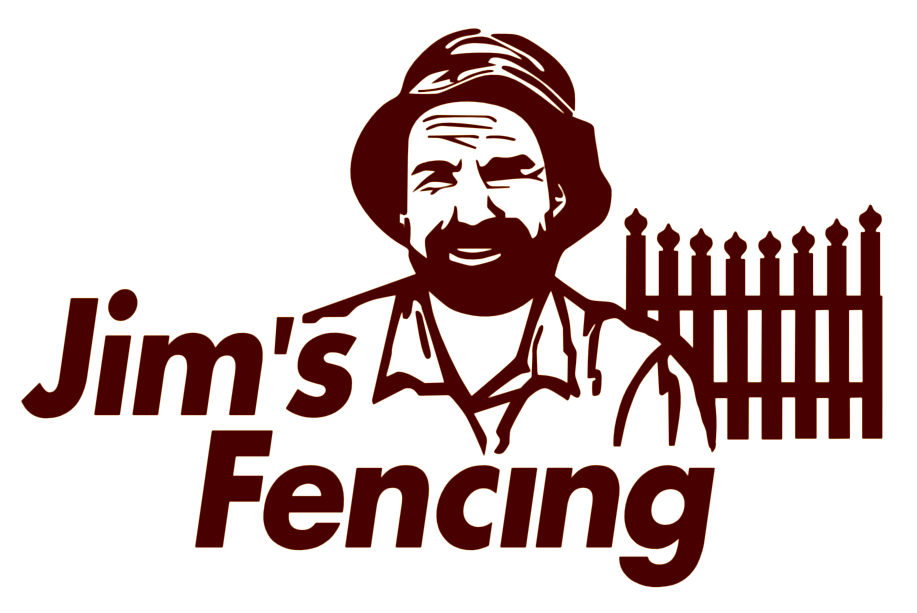Swimming pools provide relaxation and fun, but they also come with significant safety responsibilities. A well-maintained pool fence is critical in preventing accidents, especially those involving children and pets. However, during inspections, some mistakes can compromise the safety and effectiveness of a pool fence. This article highlights seven common pool fence safety inspection mistakes and provides actionable tips to avoid them.
Ignoring Local Safety Regulations
The most common error is failing to comply with local safety regulations. Pool fence requirements vary based on location and are in place to avoid unauthorized or accidental access.
How to Avoid It:
- Familiarize yourself with local laws and standards for pool fences.
- Contact your city’s building department or homeowner association for specific guidelines.
- Hire a professional inspector who understands local requirements.
Improper Fence Height
An insufficient height of the fence can compromise safety. Most local regulations require pool fences to be at least 4 to 5 feet tall to prevent children from climbing over.
How to Avoid It:
- Measure the height of your fence from the ground to the top at multiple points to ensure compliance.
- If your fence is too short, consider installing extensions or replacing it with a taller fence.
Using Non-Childproof Gates
A pool fence is only as secure as its gate. Gates that do not self-close or self-latch pose a serious safety hazard.
How to Prevent It:
- Use self-closing and self-latching gates with locks set at a height children can’t reach.
- Test the gate so it always closes and latches properly.
- Consider adding an alarm for added security.
Incorrect Space Between Fence Slats
Huge spaces between fence slats can permit a child or pet to squeeze through and defeat the whole purpose of erecting the fence.
How to Avoid It:
- Check the vertical slats or horizontal rails space. It should be generally not more than 4 inches apart.
- Repair or replace sections where gaps exceed the allowed width.
Lack of Maintenance for the Fence
A fence not properly maintained may have weak points, such as rusted parts, loose panels, or broken latches, which can be a safety hazard.
How to Prevent It:
- Check the fence regularly for signs of wear and tear.
- Tighten loose screws, replace broken parts, and repaint or treat rust-prone areas as needed.
- Schedule professional maintenance at least once a year.
Climbing Objects Near the Fence
Items such as chairs, planters, or toys that are left close to the fence can be used as a means of climbing, thus enabling children to reach the pool area.
How to Prevent It:
- Remove climbable objects from the perimeter of the fence.
- Regularly inspect the periphery for objects that may serve as a climbing device.
- Landscaping can be done to provide another barrier without losing visibility.
Failure to Meet Visibility Standards
A fence that obstructs visibility can delay spotting a child or pet in danger near the pool.
How to Avoid It:
- Choose materials like metal or mesh that provide a clear line of sight to the pool area.
- Avoid solid fences or tall hedges that obscure the pool from view.
- Ensure your pool is visible from the house or other frequently occupied areas.
Additional Tips for Pool Fence Safety
Conduct Regular Inspections:
- Scheduling a seasonal inspection of the fence once a year will keep your fence in good condition.
- Examine the fence with a checklist on the all areas, whether it’s the height, gaps, and even on gate function.
High-Quality Materials:
- Use materials that are durable such as aluminum, steel, or tempered glass for enhanced safety and low maintenance.
- Materials should be resistant to weather conditions in your area.
Teach Your Family:
- Educate children regarding pool safety regulations and the risks of staying too close to the fence.
- Talk over safety measures with family members as well as visiting guests.
Consult Professional Assistance:
- Engage experienced pool safety consultants for a professional assessment.
- Select experienced contractors during the installation and renovation of a pool fence.
Conclusion
The importance of a pool fence cannot be overstated. However, in addition to the right installation, safety also depends on proper inspection and maintenance. So, avoid the seven common mistakes mentioned above for the safety of all people using the pool. Proactively comply with the regulations, take care of the fence, and educate your family, and you will be relaxed and free from accidents.
If you’re unsure about your pool fence’s compliance or condition, don’t hesitate to seek professional advice. Safety should always come first when it comes to pool ownership.

